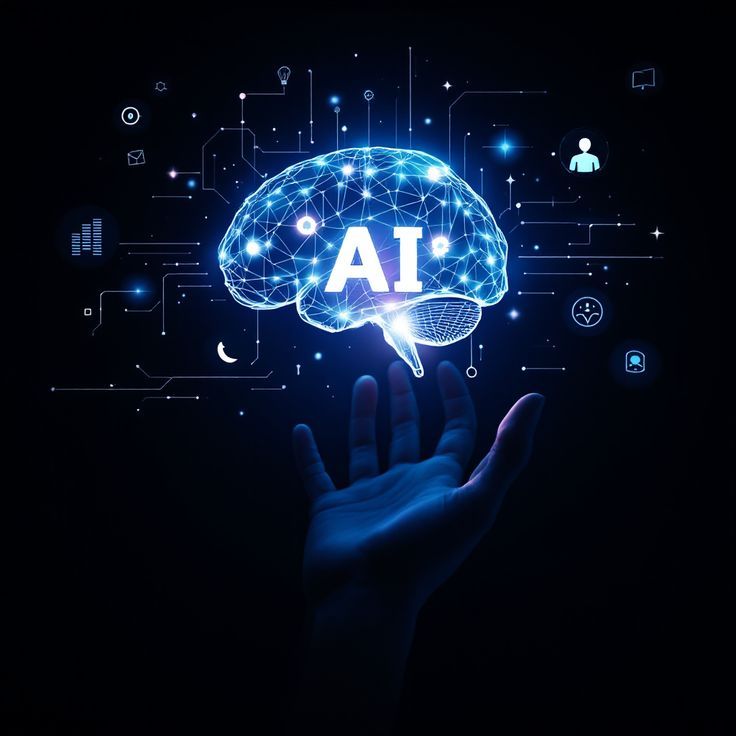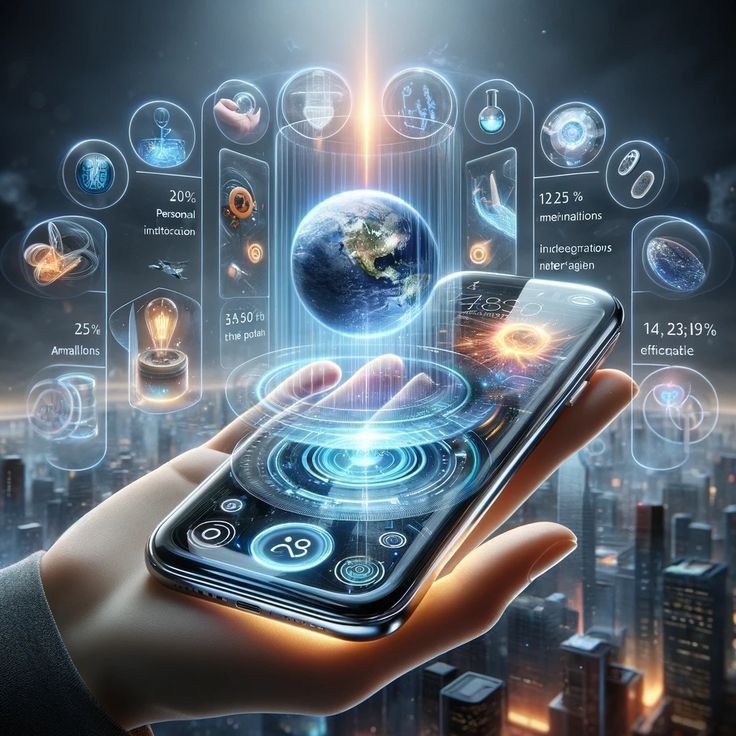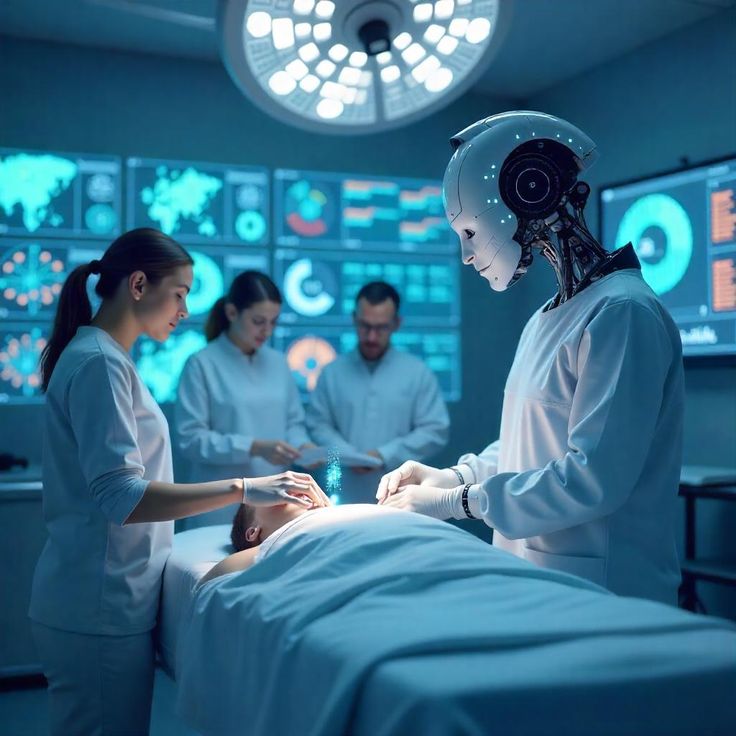AI is no longer a laboratory curiosity it’s woven into daily life. Here are ten practical applications you’ll encounter in 2025, explained in plain, human terms.
Healthcare triage and diagnosis support is one of the most impactful uses of AI. It helps clinicians spot patterns in scans, lab results, and symptoms to prioritize urgent cases, flag anomalies, and suggest differential diagnoses. AI doesn’t replace doctors; it gives them a second pair of eyes.
Personalized learning and tutoring are transforming education. Adaptive platforms adjust difficulty, explain concepts in multiple ways, and provide practice tailored to each learner. Teachers gain analytics on who needs help and why, making class time more targeted.
In agriculture and food security, computer vision drones assess crop health while models predict irrigation needs and pest risks. Farmers receive optimized schedules for planting, watering, and harvesting saving water and boosting yields.
Predictive maintenance in industry uses sensors on machines that stream vibration and temperature data. AI detects early signs of wear so factories can fix equipment before it fails, reducing downtime and costs.
Fraud detection and financial insights are enhanced by AI, as banks and fintech apps spot unusual transactions in milliseconds, personalize offers, and forecast risk improving security for customers and stability for institutions.
Retail personalization and demand forecasting benefit from AI through recommendation engines that propose the right product at the right time, while forecasting models help stores stock the correct sizes and quantities—cutting waste and improving customer experience.
Transport, logistics, and smart routing are optimized with AI, which considers traffic, weather, and constraints to plan better routes for buses, deliveries, and ride-hailing. The result is faster trips, lower fuel use, and fewer emissions.
Customer support copilots, such as chatbots and agent assistants, summarize customer history, draft answers, and escalate complex cases to humans reducing wait times and improving consistency.
Content creation and localization are accelerated with generative models that help draft articles, code, marketing copy, and translations. Human editors still set the standard, but AI speeds up the first draft and adapts content to local languages.
Cybersecurity anomaly detection is another vital application. AI monitors network behavior and device logs to flag intrusions early. Combined with human analysts, it shortens response time when seconds matter.
How Organizations Implement These
Organizations typically start with one use case that has a clear metric, such as cutting response time by 30%. They blend human and machine efforts, where AI drafts and humans review. They pilot, measure, and iterate scaling if it works, or moving to another use case if it doesn’t.
Conclusion
In 2025, AI’s value shows up in quieter hallways with fewer machine breakdowns, shorter queues with faster service, healthier crops, and more confident learners. The best systems don’t replace people they empower them to do their best work.



